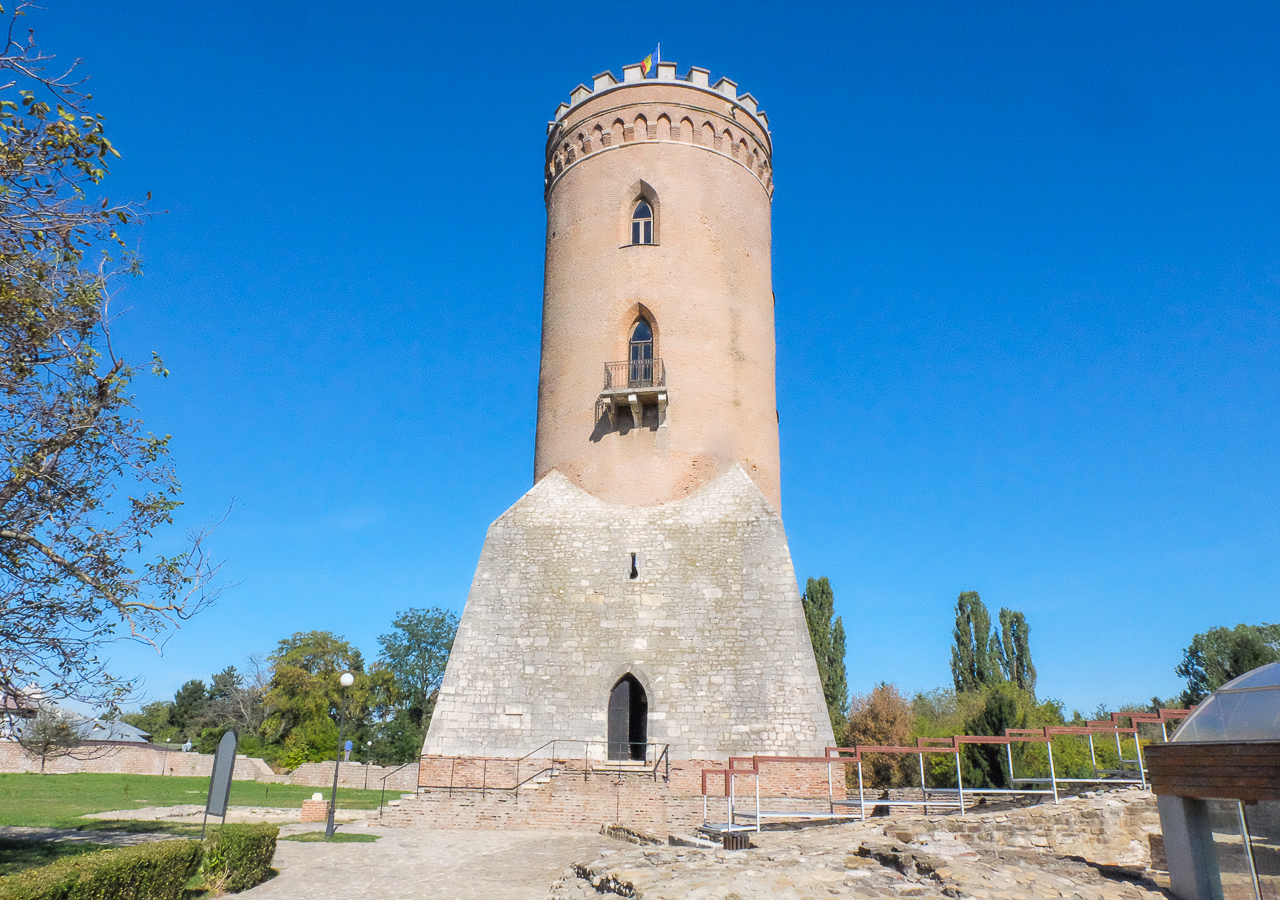
The Princely Court of Targoviste was conceived as a complex of edifices serving both as a center of the country’s administration and a home for the Wallachian ruler, his family and for the numerous courtiers and ministers. This was the place where the voivode would consult his advisers, where the more important judgments were made, and the chancellery’s acts were released. Also here were the received guests and foreign travelers passing on different occasions through Wallachia. In time, the court was a seating place for more than 30 Romanian voivodes, given their turbulent and short reigns when the country was under the domination of the Ottoman Empire.
The first documentary mention of the Princely Court in Tagoviste is made in a document from 1403, in which it is stated that the voivode has the first right to choose the goods for the requirements of his house in Targoviste. The same clause is also recorded in another document from 1409. From a document dating back to 1409-1418, we find out that Mihail voivode, son, and associate in the reign of Mircea the Elder, resided in Targoviste, which he called his home.
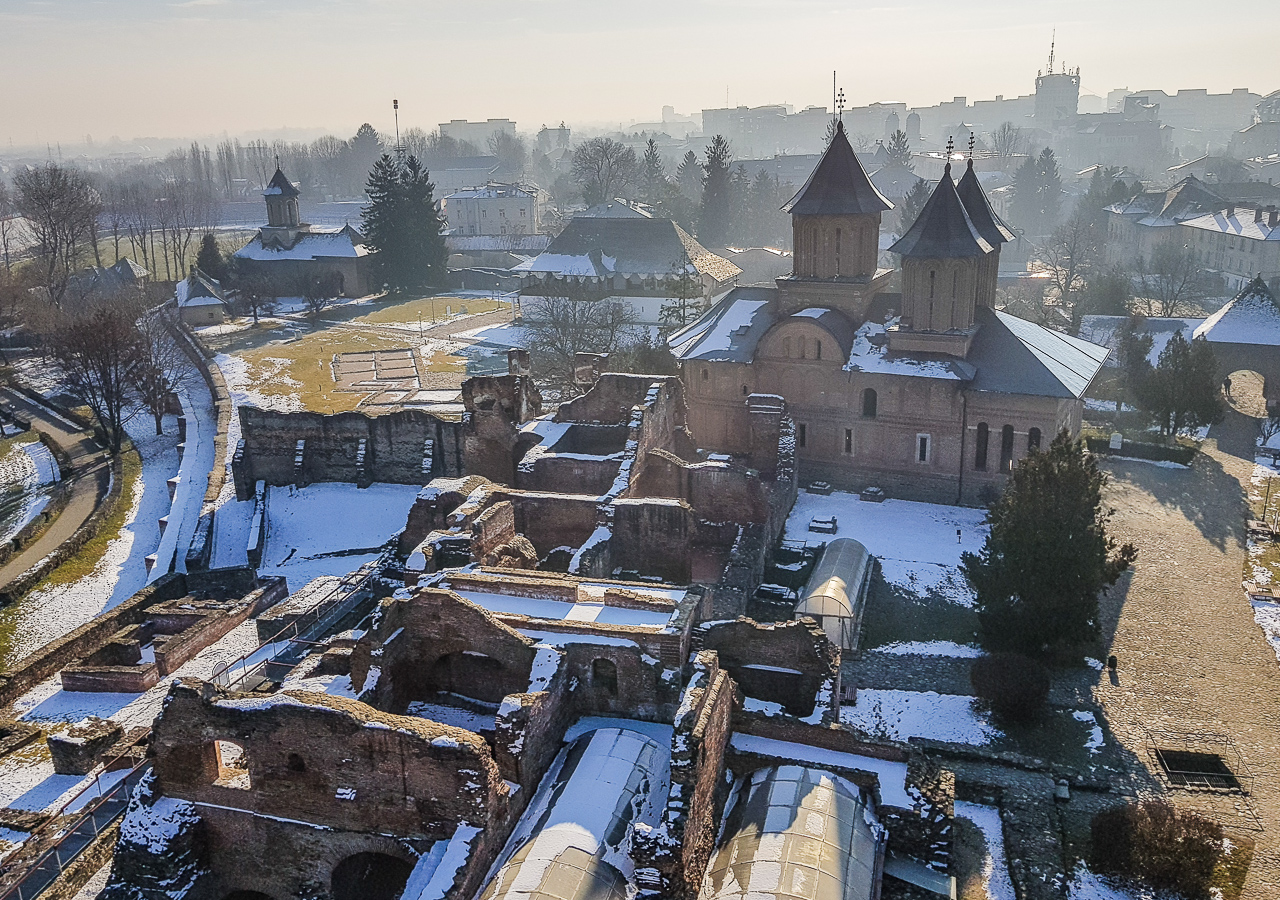
Some parts of the Princely Court were built by Mircea the Elder and Vlad Dracul, during two construction stages. This refers mostly to the fortified court. The fortification complex was further strengthened by other Wallachian voivodes such as Petru Cercel, Matei Basarab, and Constantin Brancoveanu.
If you get to visit the Princely Court from Targoviste, you should know that the complex is divided into several separate buildings.
A short history of the Targoviste Princely Court
The Princely Court is attested during the time of Mircea the Elder. The development and expansion of the fortifications are done half a century later, after mentioning Targoviste as the only capital of Wallachia in a document from 1431, possibly during the reign of Vlad Dracul, or even during the time of Vlad Tepes. Vlad Dracul rebuilt and extended the fortifications, while his son, Vlad Tepes added towers and some other buildings. By the middle of the fifteenth century, the fortifications of the princely court became the largest in the Wallachian country.
Another stage of the extension of the fortifications was initiated at the end of the 16th century by the voivode Petru Cercel. At the same time, with this new extension, he repairs the palace and builds a number of utilities absolutely necessary, such as the aqueduct that supplied water to the palace and the garrison.
However, the maximum period of development of the voivodal residence is known under the reign of Matei Basarab. The 5 access doors to the fortress, bearing the names of the localities to which the connecting roads were heading (Buzau, Arges, Dealu, Campulung, and Bucharest), were restored and made of stone, providing them with rooms for the guards.
The impressive development of constructions and architecture during the reign of Constantin Brancoveanu reached the Princely Court of Targoviste. With the permission of the Ottomans, the voivode partially rebuilds the fortifications, but in particular, he reconstructs and develops the voivodal palace (1695), the churches (1699) and the utilitarian or decorative buildings. On this occasion, two new houses are built.
When the capital was moved to Bucharest, the walls of the court began to deteriorate. The complex was affected by the Russian – Romanian war in 1736-1739 when it was set on fire. In addition, an earthquake further damaged the court. The voivode Grigore Ghica II did some repairs in 1748-1752, but the work made was of poor quality.
A further fire and earthquake at the beginning of the nineteenth century transformed the once glamorous court into a ruin. The last major works of restoration and conservation of the court were made in 1961 when the remains of the old fortifications were opened for tourists. After that, only minor conservation and landscaping work is made.
From 1396 until 1714, for 350 years, Targoviste was the capital of Wallachia, sometimes sharing with Bucharest this honor (for example during the time of Vlad Tepes). In total, 33 voivodes reig Wallachia during this time, which made the court known under the name “The Fortress of the 33 voivodes”. However, some historians claim that there were more voivodes that ruled from Targoviste, up to 40. Whichever the truth may be, it’s certain that the court played an important part in the history of Wallachia and of Romania in general.
The Chindia Tower
The Chindia Tower is the centuries-old emblem of the city of Targoviste. Most likely it was built in the second half of the 15th century, during the reign of Vlad Tepes. Some archaeologists have found out that the tower was built on the remains of a construction erected during Mircea the Elder’s reign.
The presence of this tower in a princely residence is justified by the fact that the defense element played a leading role in the life of the feudal courts in case of siege. The Chindia Tower was built for defense purposes, to have an observation point in the city and to guard the court and its surroundings. Apart from this defense role, in the 16th-17th centuries, the tower also served as the court’s prison.
Visitors have the opportunity to enjoy the panoramic view of the city once they climb the 122 steps of the tower.
The Princely Church
The Great Princely Church was built by the ruler Peter Cercel during his reign at the princely court. The church has probably suffered some damage during the 1595 battles when numerous buildings of the city were damaged.
The great royal church was built on the model of the churches that have the shape of the Greek cross, which had a well-established tradition in Wallachia, concretized by two remarkable monuments: the princely church of Curtea de Arges and the metropolitan church in Targoviste.
Petru Cercel’s construction was inspired mainly by the architecture of the Metropolitan Church of Targoviste, distinguishing itself from the realization of the monumental sculpture by crowning the narthex with two smaller towers, raised on a prismatic basis, according to the model of the Dealu monastery church.
On the court’s site, there are also the ruins of a church built during Mircea the Elder’s reign and a smaller church that was also used for centuries.
Lady Balasa’s House
Like in most princely courts, the voivodes did take into consideration creating support systems for the poor and this house is such an example of charity work. To the east of the courtyard’s wall – where, from the time of Peter Cercel’s reign, beautiful Italian gardens and greenhouses for the growth of exotic plants existed – was built in 1656, on the initiative of Lady Balasa, the wife of Constantin Serban Carnul, a building that was initially dedicated to the shelter of the poor and the sick. Later, it served as a school towards the end of the 19th century.
The Chindia Park
One of the most popular spots in Targoviste to spend some time outdoors was created only recently, in 1970. The park can be found just next to the Princely Court and it was arranged on the place where the old princely gardens used to be.
The zoo from Chindia Park is located on the site where, in 1583, Petru Cercel arranged the first zoo in the country. On an area of 3 hectares, more than 100 species of animals from all continents are housed.
In the Chindia Park, you can also see the monument dedicated to Vlad Tepes, probably the most prominent figure in Targoviste’s history. The large statue represents the bust of Vlad Tepes, holding a sword in his hand, one of the most common images associated with the ruthless voivode known as “Dracula”.
If visiting the Princely Court from Targoviste has sparked your interest, we recommend booking one of our Dracula tours, such as the Dracula Tour in Transylvania, the Real Dracula Tour or our In search of Dracula Tour. For more exciting medieval sites, you can opt for our Romania Medieval Tour.


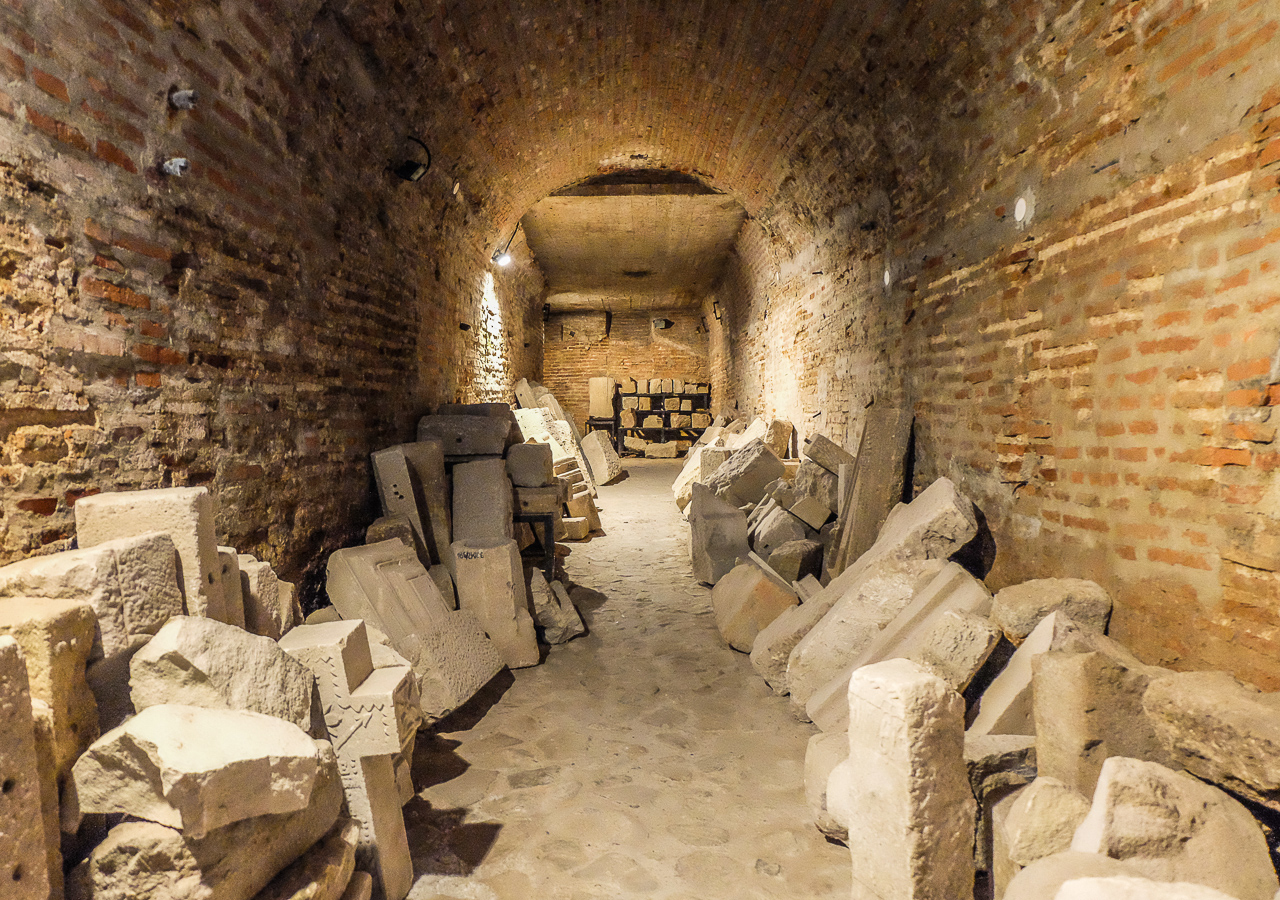
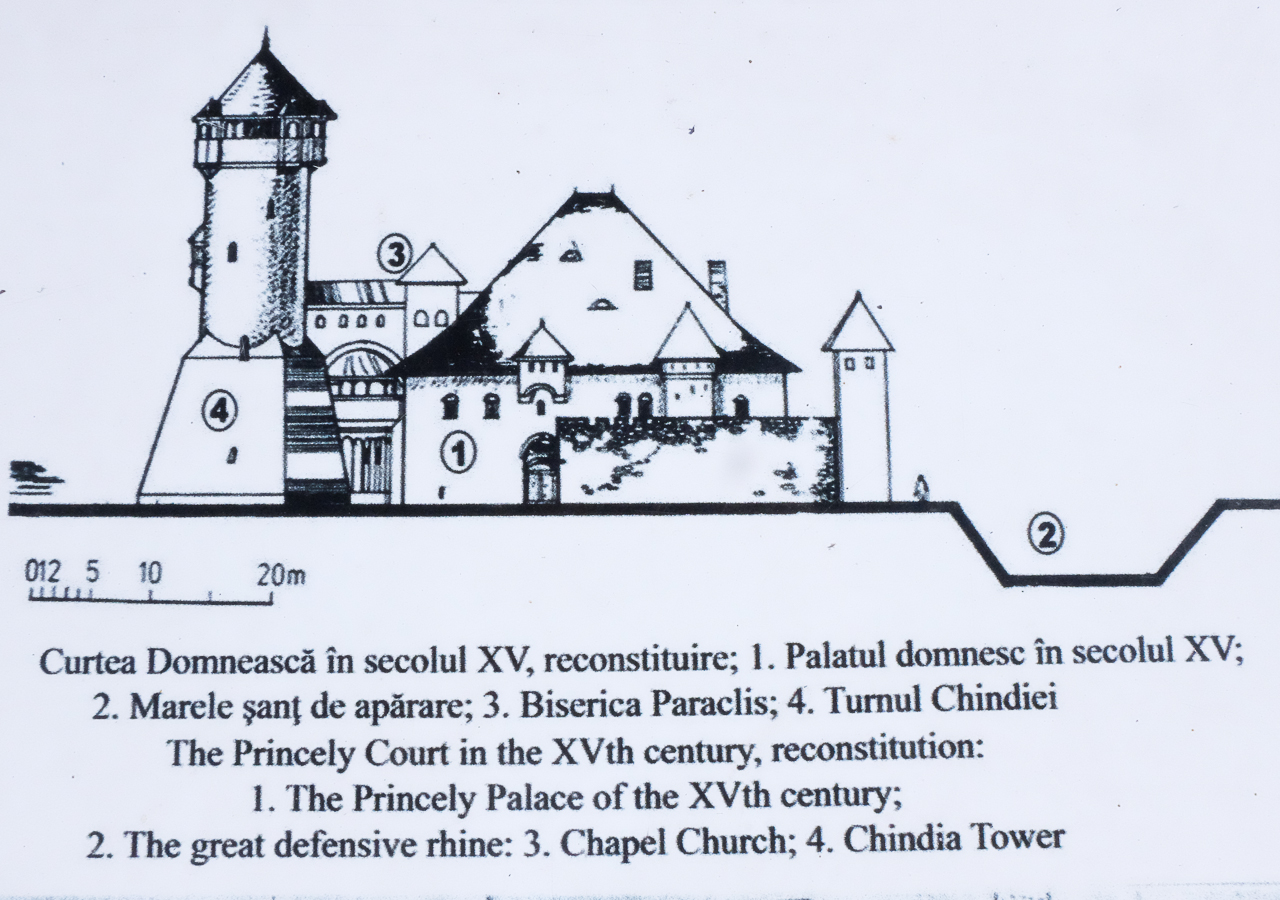
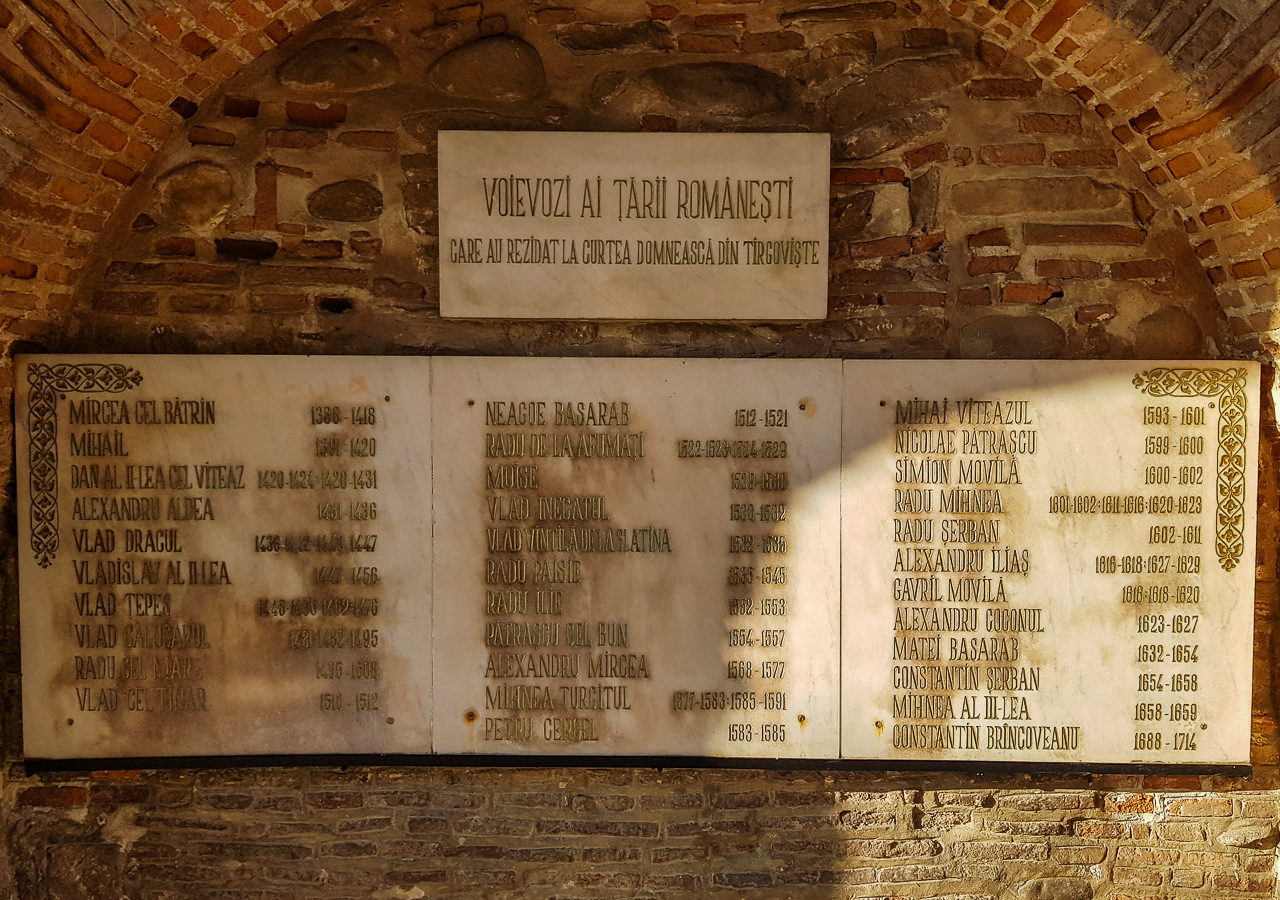
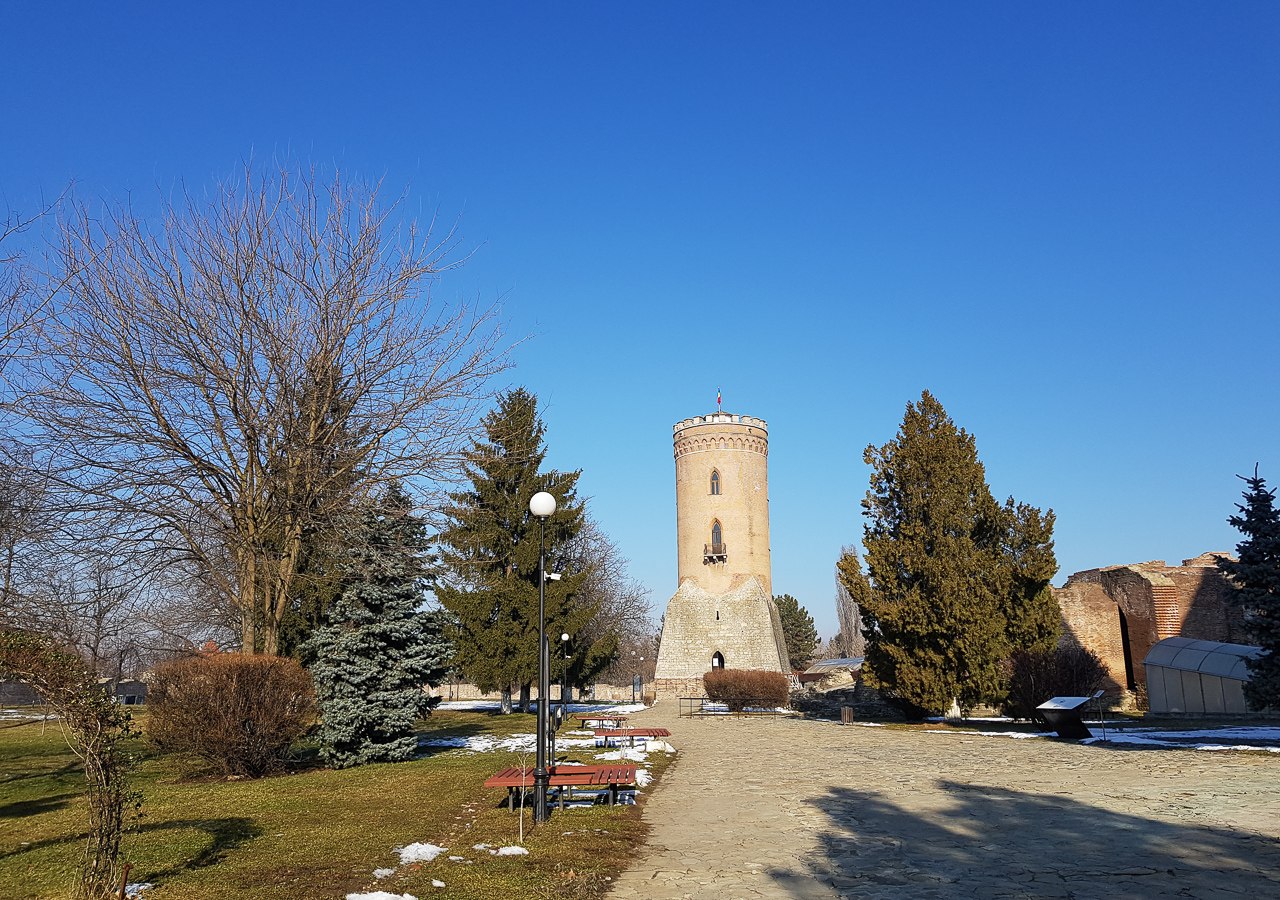
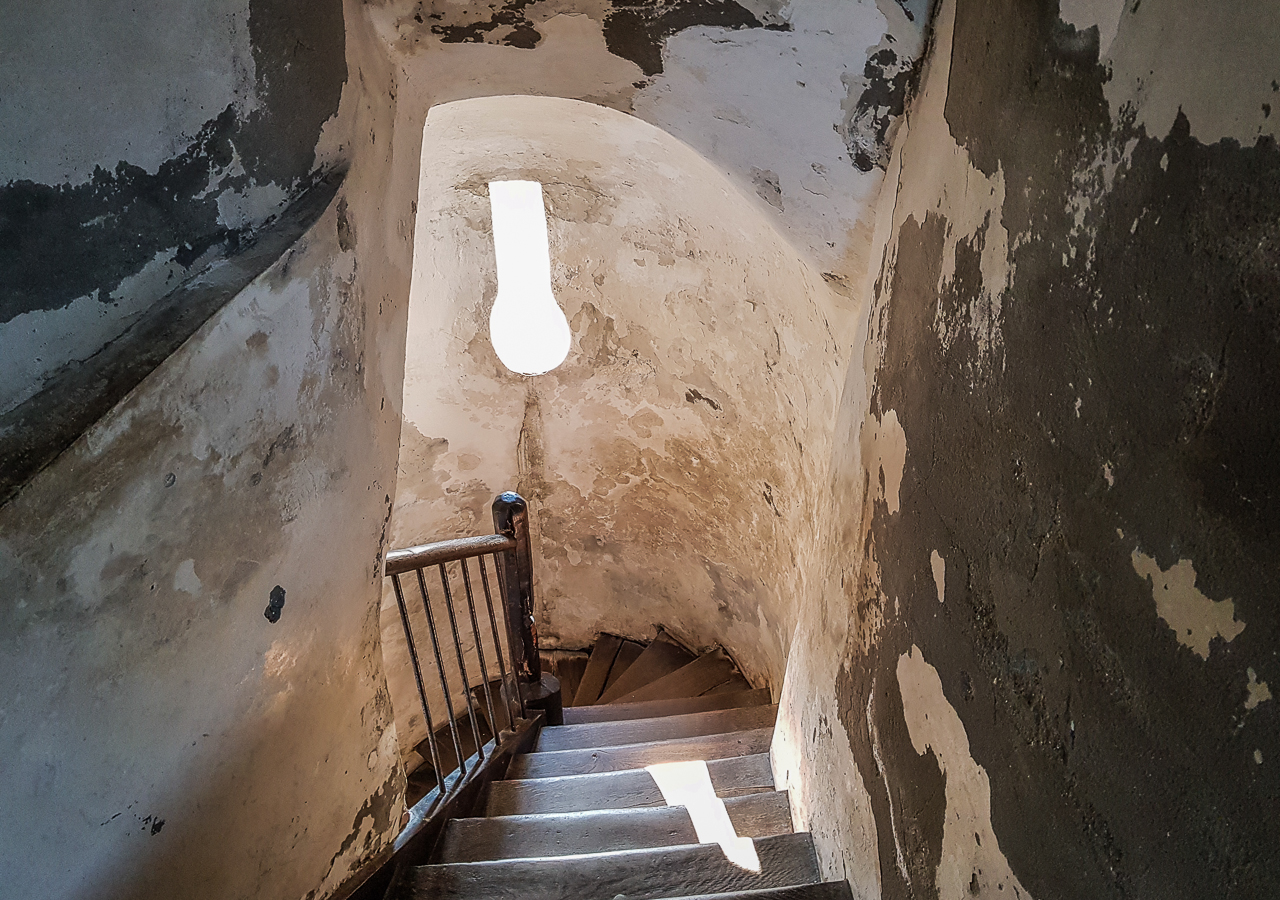

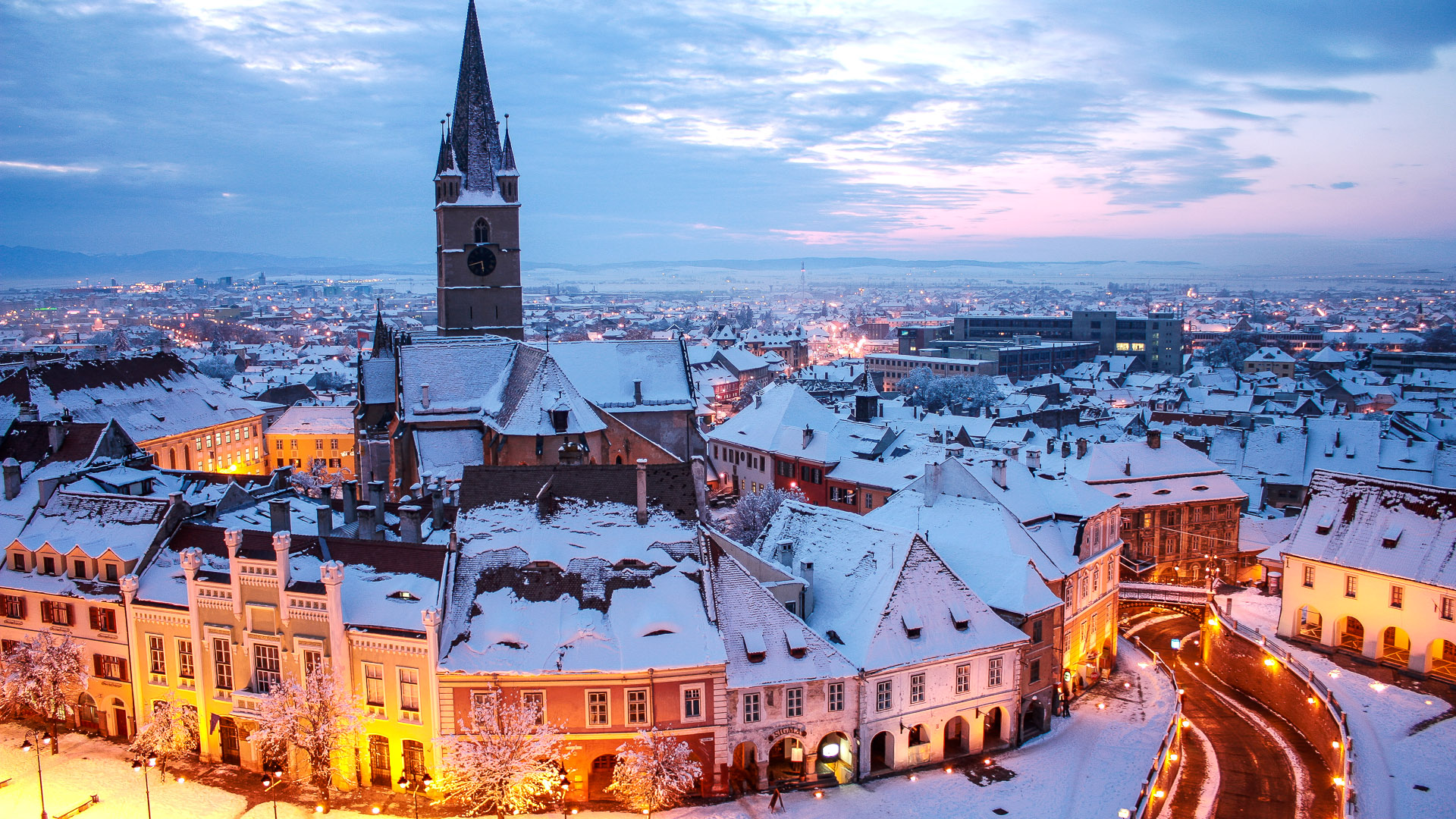
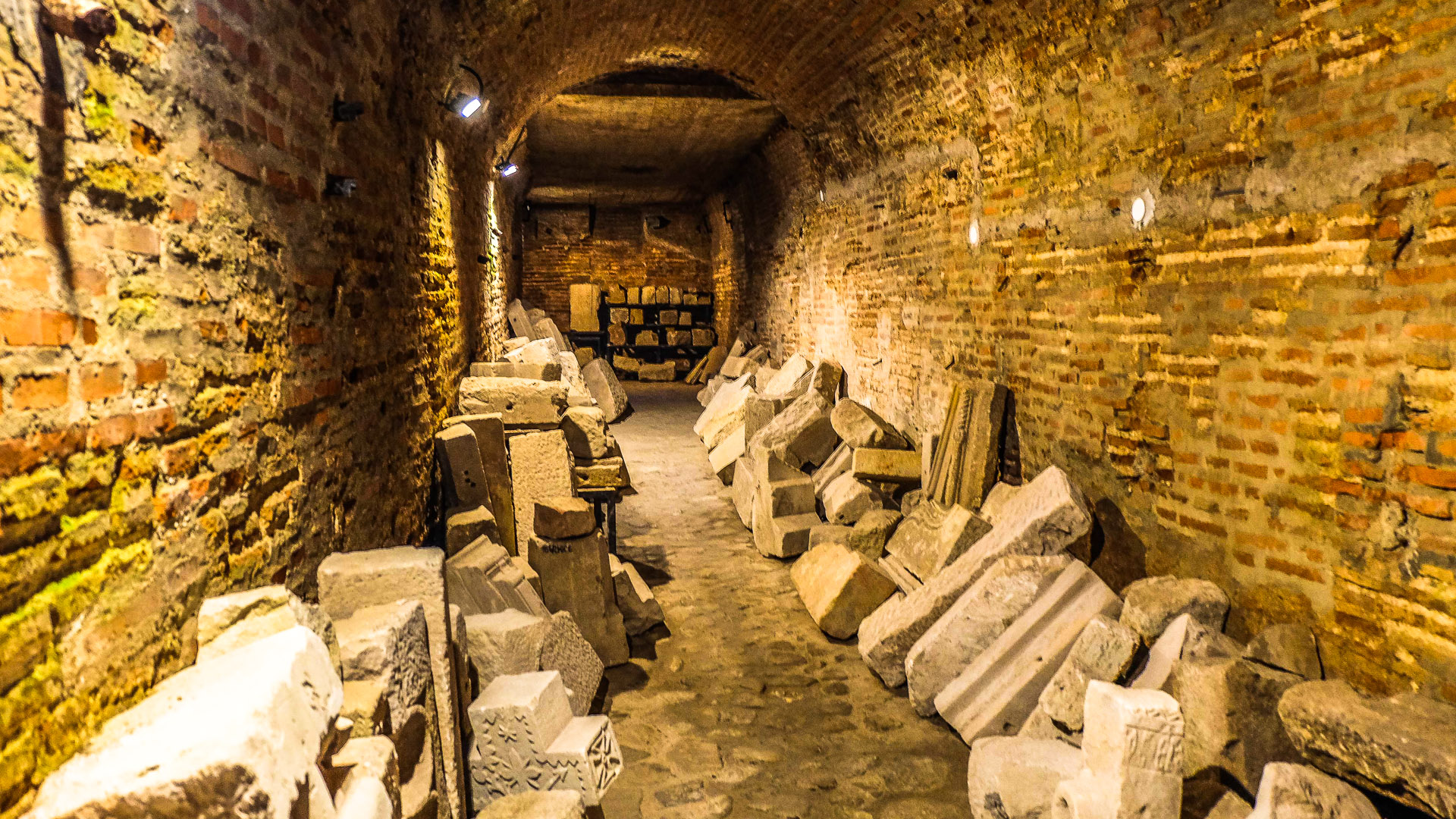
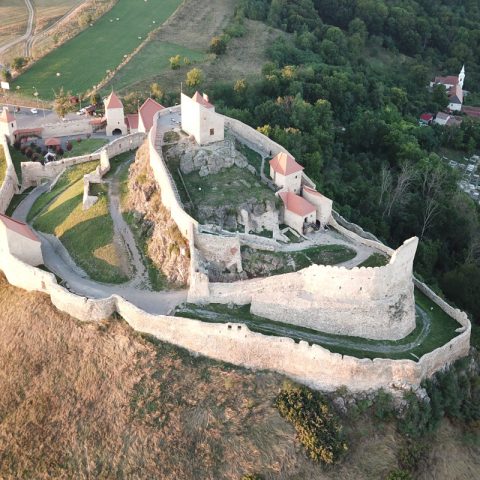
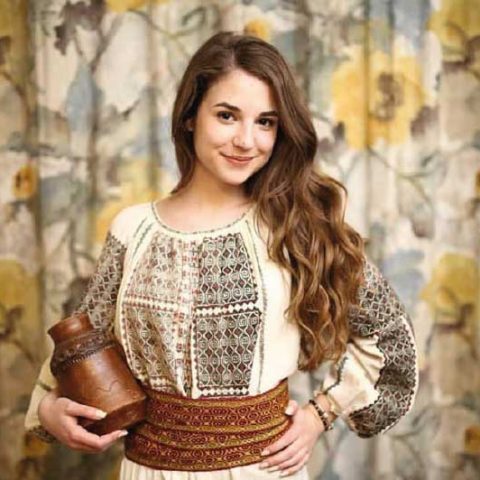
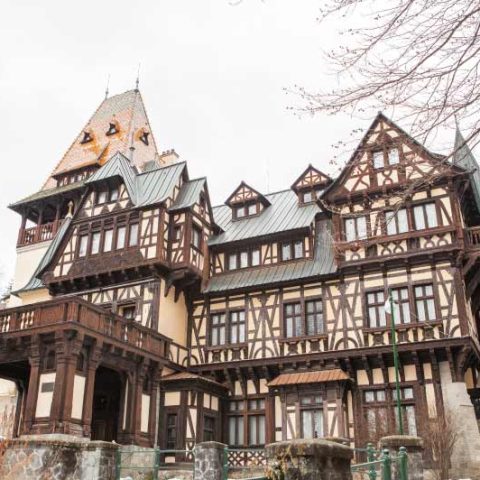











Leave a Reply